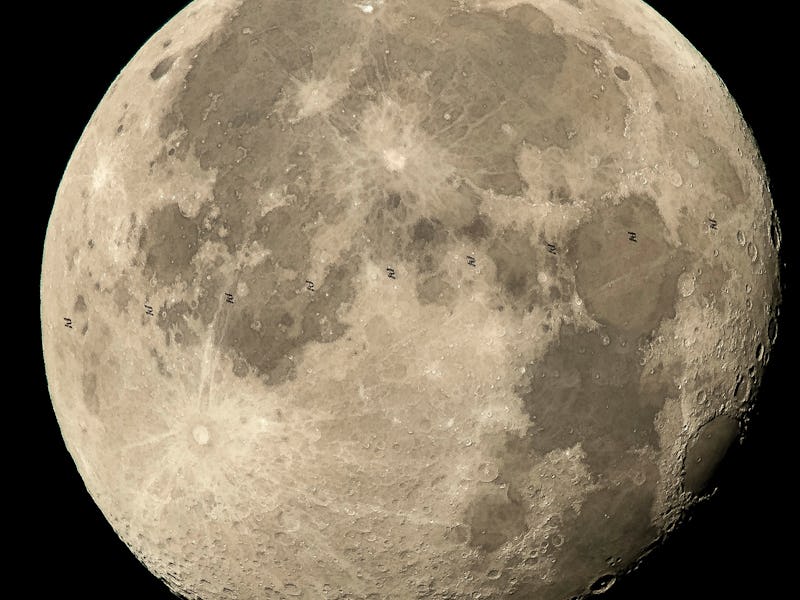What the Latest NASA Grants Say About the Future of Space Travel
There's no delicate way to put this: We need to find a way to eat our own waste.

NASA just announced approximately $1.6 million in grants to researchers the agency feels are best positioned to help us plan our trips to the stars. The recipients have varied interests, from new understandings of radiation to finding ways to subsist on our own waste, but the central theme is clear: keeping humans alive in the vacuum of space.
Awarding roughly $200,000 in a grant per year to eight projects, NASA says it was looking for “unique, disruptive or transformational space technologies” that will help us navigate the solar system. The grants could run for three years, focusing on tech that bolster the highest priority missions. And one gets a distinct sense that the priority here is Mars. Taken together, the projects read like a to-do list for someone building a starship in a Christopher Nolan movie, which is pretty damn cool.
Here’s the full list:
- Robust Planning for Dynamic Tensegrity Structures — Kostas Bekris of Rutgers University in New Brunswick, New Jersey
- Synthetic Biology for Recycling Human Waste into Food, Nutraceuticals, and Materials: Closing the Loop for Long-Term Space Travel — Mark Blenner of Clemson University in Clemson, South Carolina
- Lightweight and Flexible Metal Halide Perovskite Thin Films for High Temperature Solar Cells — Joshua Choi of the University of Virginia in Charlottesville
- Dynamics and Control of Tensegrity Space Manipulators — James Forbes of the University of Michigan, Ann Arbor
- Advanced Physical Models and Numerical Algorithms to Enable High-Fidelity Aerothermodynamic Simulations of Planetary Entry Vehicles on Emerging Distributed Heterogeneous Computing Architectures — Matthias Ihme of Stanford University in Stanford, California
- Reduced Order Modeling for Non-equilibrium Radiation Hydrodynamics of Base Flow and Wakes: Enabling Manned Missions to Mars — Marco Panesi of the University of Illinois, Urbana-Champaign
- Engineering Cyanobacteria for the Production of Lightweight Materials — Fuzhong Zhang of Washington University in St. Louis
- High Temperature InGaN-based Solar Cells — Yuji Zhao, Arizona State University, Tempe.
Draw your own conclusions about what this means, but it reeks of ambition, something that has always suited NASA in the past.